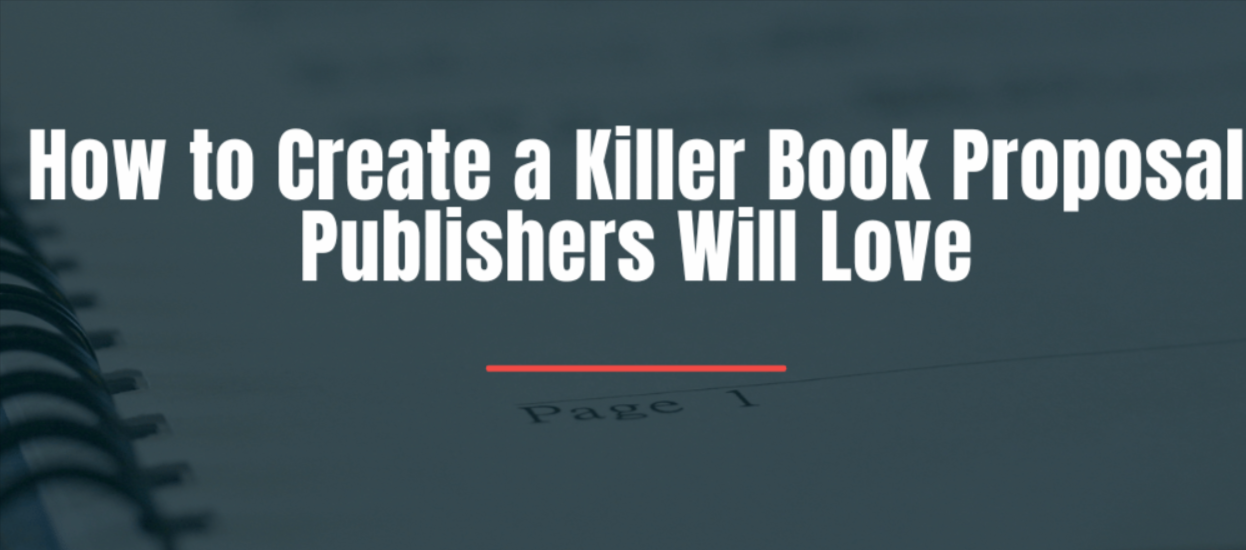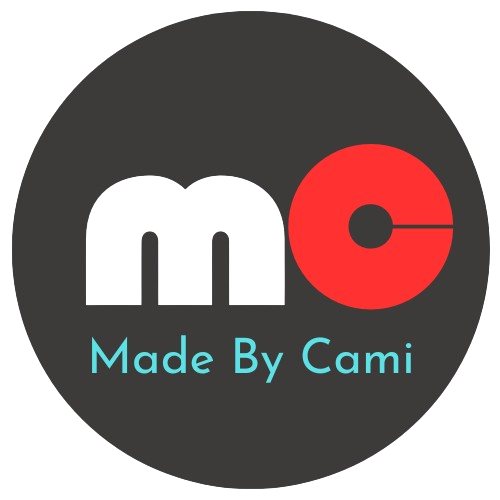How to Write a Killer Book Proposal That Gets Noticed

Writing a book proposal is arguably one of the most difficult parts for an author looking to traditionally publish their work. A well-crafted book proposal has the potential to snag a literary agent or publisher while a poorly constructed one means your manuscript will sit untouched. This applies to all types of books, whether you are trying to publish a fiction novel, a nonfiction book, or a memoir, your proposal needs to sell your book and explain why it is valuable.
In this article, we teach you step by step how to compose a fantastic book proposal that captures the reader’s attention and convinces agents and publishers to invest in your book.
1. What is a Book Proposal?
It is a plan detailing the concept of the book, the potential market, and the credentials of the author. This is different from a manuscript, which is your entire book, and rather a proposal is a reason why someone should believe your book will thrive in the current market.
Key Components of A Book Proposal
- Marketing strategy
- Sample chapters
- Competitive titles
- Biographical sketches
- Market analysis Overview of the book
- Detailed outline or chapter summarize
The primary focus is to persuade a publisher or agent that there is, in fact, a market for your book, that you are perfectly suited to write it, and that it will add value to their catalog.
2. Create An Aesthetic Overview Of Your Book
The first element of your book proposal is called the overview. You need to capture the reader's attention right from the start. In this case, overview parts provides the reader with a compelling story, clearly articulating a call to action to purchase the book. She overview captures all important elements of the story.
Unique Selling Point (USP): Describe what differentiates your book from all the other books in the same category as yours, and why you believe readers will want to buy it.
Tone and Style: Provide in one or two sentences the tone and style of writing so the publisher knows what to expect from the manuscript.
Example: In the overview of a nonfiction self-help book, you would want to identify and provide a solution to a problem that is not well-known, therefore making your book a must-read for those looking for answers.
3. Thoroughly Research the Market
Your document should include evidence that a market exists for your book, which is sometimes much more important than your explanation. Publishers will want to know, and trust, whether your book will sell, and they will expect you to prove how deeply you understand the target market and the competition.
What to Include:
Target Audience: State the reader profile and specify the details. It might include age, sex, location, and the opine-time s/he enjoys. Knowing your potential customers lets the publishers accurately plan their marketing strategy.
Market Trends: Outline any notable changes in or new interest about the book’s genre or subject that has recently emerged. If we say you are writing about sustainable living, you should focus on the global attention towards environmental issues.
Competitive Titles: Examine books that compete with yours. Cite the successful titles and discuss the ways your book differs from or complements them. Demonstrate how your book serves its purpose without arguing against the work of other authors.
As an example, if you are working on a memoir that tells the story of overcoming challenges, attempt to highlight other successful memoirs in that domain including how your story is relatable to a wide range of people.
4. Justify Your Claims by Providing Experience
Publishers would like to understand why you are the most suitable person to write the book. In this case, showcase your credentials and any other pertinent experiences that make you an ideal candidate in the proposal where you outline all relevant aspects of your persona.
What to Include:
Author Bio: Provide details pertaining to your education and qualifications, along with their relevance to your book. Always mention any prior published works, and if you are a subject matter expert (for non-fiction), make sure to state that as well.
Personal Connection to the Topic: In case of a memoir or an autobiographical account, tell the readers what the topic means to you and how your life gives you the authority to write as such.
5. Focus on Detailing the Outline or Chapter Summaries
The publishers of the nonfiction books would want clear content outlines, whether this is in the form of a chapter by chapter one or just a more general structure. As for fiction books, a detailed summary in the form of a chapter is useful to demonstrate how the plot develops.
How to Go About It:
Chapter Breakdown: What are your chapters or sections and what does each chapter of yours intend to capture? Providing the answers to the questions will help the publisher understand that the book has a logical flow.
Pacing: In what manner is the content organized in order to retain the attention of the readers? Specify the blend of plenty of ideas or events sufficient for the creation of a coherent flow.
Example: For a self-help book, it may be the case that each chapter will deal with a specific technique or principle and you can describe how each of them will be explained in real life context.
6. Add Sample Chapters
It is common for many publishers to request portions of a manuscript from prospective authors. Two chapters should be prepared and submitted as samples. Choose two or three samples of polished and edited work that best reflect your voice and demonstrate the strength of your material.
What to Include:
Best Foot Forward: It is most advisable to best represent your book. For nonfiction, it might be beneficial to include a chapter that demonstrates your unique teaching or problem-solving style.
Engagement: The writing must be of good quality and capture the reader's attention. Publishers appreciate great work, and this is your opportunity to prove your ability to provide a great storyline or message.
Example:
You might select a novel excerpt from an exciting or emotional scene that highlights your literary prowess in character development, suspense, and emotion.
7. Construct a Marketing and Promotion Plan
With determination, we can surely elevate the standard! Publishers are always eager to be fully aware of what plans you have in store during the post-publication stage. Though they will, of course, assist with marketing strategies, having a pre-conceived plan sets the tone that you are deeply interested in bringing your book to success.
What to Consider when Marketing Your Book:
Social Following: Write down your audience on social media, blogs, or any other platform that has the potential readers of your book. The more followers, the better, but if you are starting, mention the plans you will use to grow your audience.
Marketing Strategy: Include the book promotions you want to do, which may consist of book signings, media appearances, guest blog postings, podcasts, etc., and anything else you plan to use.
Network: You might have some connections to influencers, organizations, or specialists who can help you promote your book and, If you have, include them.
For Example: If you are working on a memoir, you can list the local papers, podcasts, or public speaking opportunities that allow you to present your personal journey.
8. Edit Your Book Proposal
Your book proposal is one that contains a story your audience is deeply interested in which makes it necessary for you to make sure there are no errors in it which will give you a chance for unguided ridicule to your reasoning. If your proposal is weak, embarrassing, or unsophisticated due to spelling mistakes and lack of basic structuring, no publisher will consider you; they will require you to first polish your proposal.


